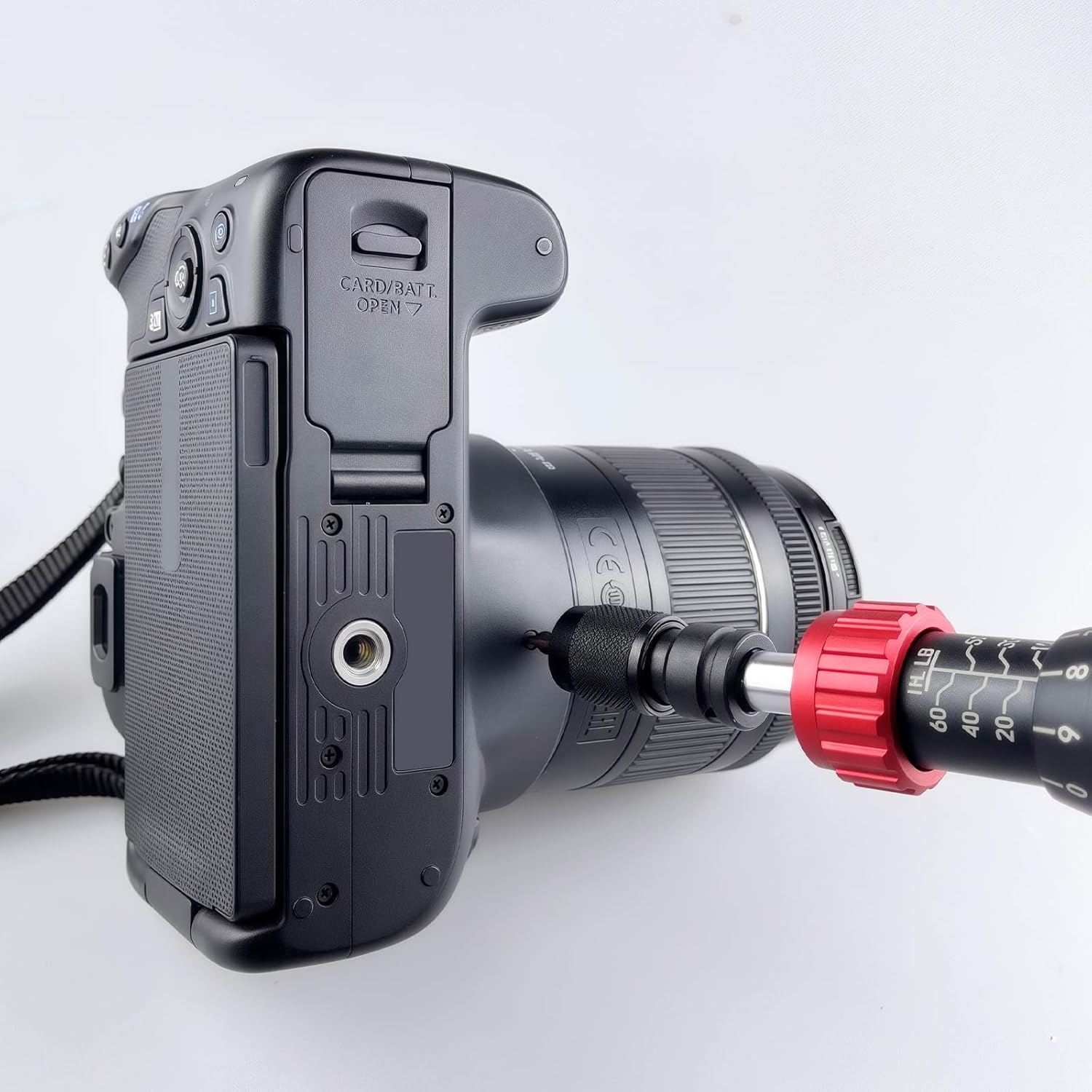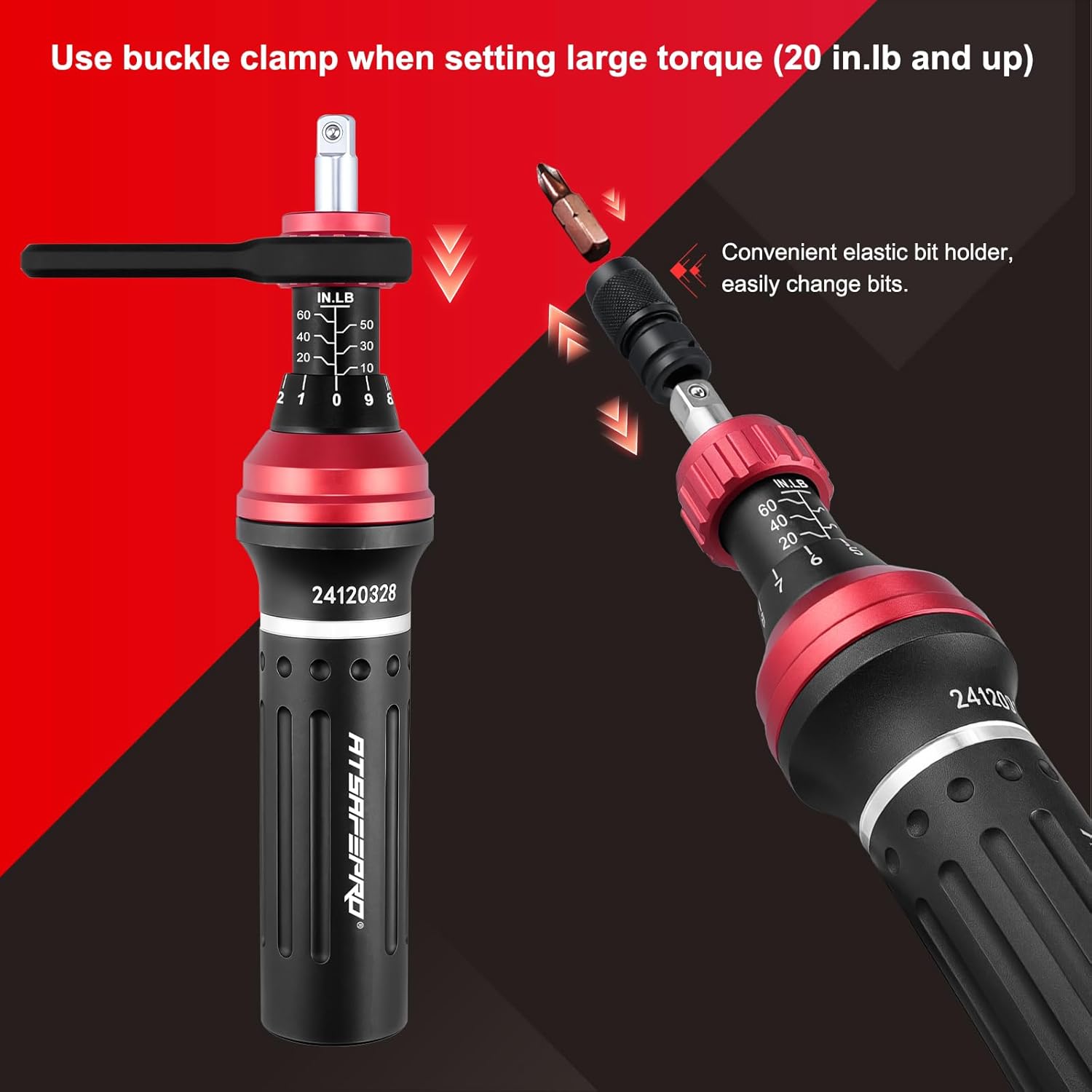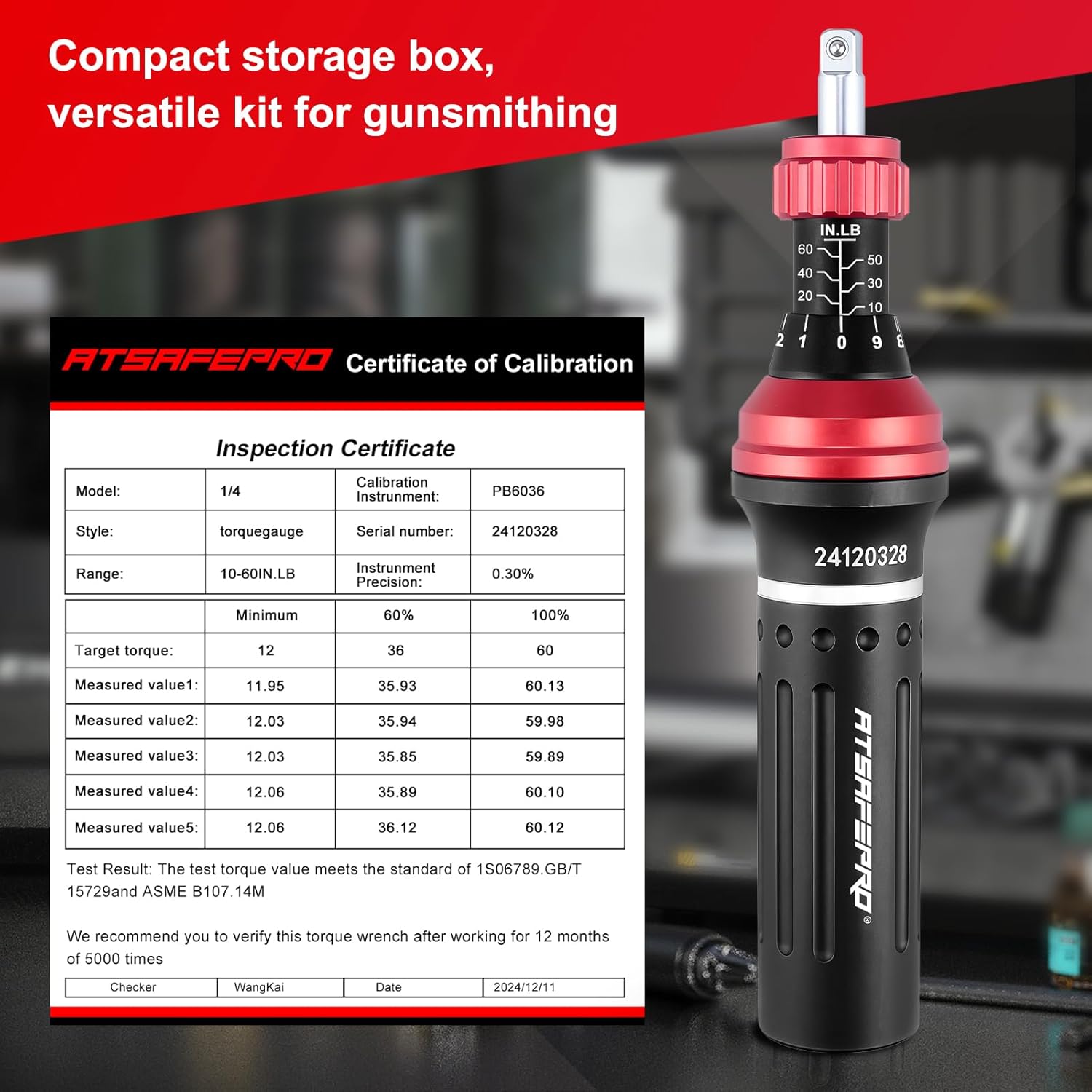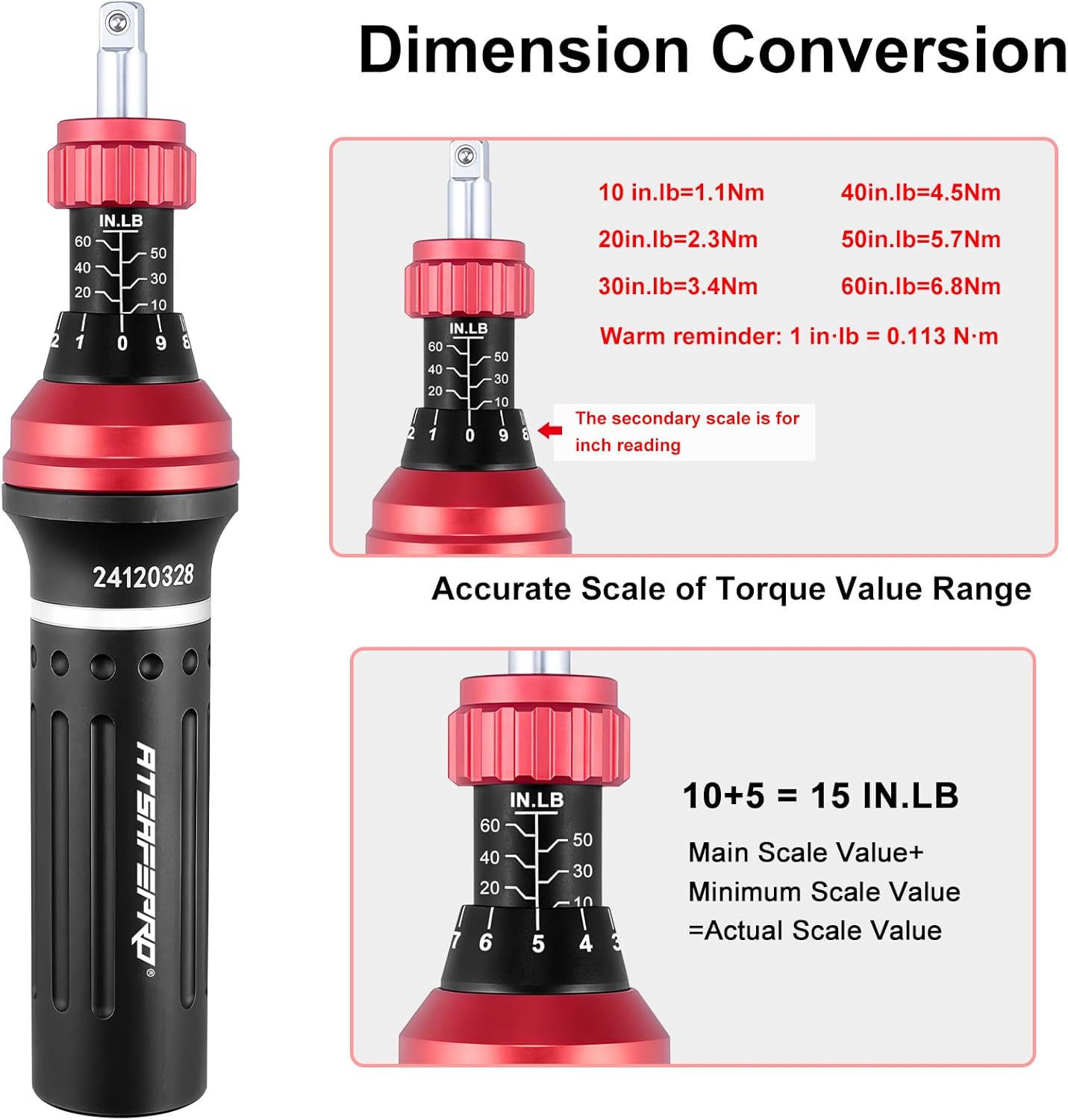Why Tire Tread Depth is Crucial for Your Safety
Vehicle safety goes far beyond just buckling up and observing speed limits; it extends to the very foundation of your car's connection to the road—the tires. Proper tire maintenance is a non-negotiable aspect of responsible driving, and monitoring tread depth is a key component of this routine. While traditional methods have their place, the modern driver can benefit immensely from the precision and ease of use offered by a digital tire tread depth gauge. This simple tool empowers you to accurately assess the condition of your tires, ensuring optimal grip, handling, and braking performance, which are all critical for preventing accidents, especially in adverse weather conditions like rain or snow.
Understanding the Measurements: What Does 32nds Mean?
When you check your tire tread, the measurements are typically given in fractions of an inch. A tire tread depth gauge 32nds reading is the standard unit of measurement in the United States. A brand new passenger car tire usually starts with a tread depth of around 10/32nds or 11/32nds of an inch. As you drive, this rubber naturally wears down. The critical number to remember is 2/32nds of an inch; at this depth, your tires are legally bald in most states and are considered dangerously unsafe, significantly increasing your risk of hydroplaning and losing traction. Experts recommend you start shopping for new tires when the tread wears down to 4/32nds of an inch to maintain a safe performance margin. Using a gauge that provides a clear reading is far more reliable than old tricks like the penny test, giving you a precise number to base your maintenance decisions on.
How to Use a Digital Tire Tread Depth Gauge
Using a modern measuring device is incredibly straightforward. First, turn on your digital tire tread depth gauge and ensure it is zeroed out by pressing its base firmly against a flat, hard surface. Next, identify the main circumferential grooves on your tire. Avoid the raised tread blocks or the small wear indicator bars that sit at 2/32nds of an inch from the base of the groove. Carefully place the tool's pin into one of the deepest grooves and push the base of the gauge down until it sits flush against the surrounding tread blocks. The digital display will provide an instant, accurate reading. For a complete assessment, you should measure the tread in at least three different locations across the tire's width—the inner, center, and outer grooves. Significant variations can indicate issues with alignment or inflation pressure that need to be addressed.
The Advantages of Going Digital
The primary benefit of using a digital gauge over an analog one is undeniable accuracy and clarity. There's no need to squint to interpret tiny markings on a manual probe. The backlit LCD screen gives you a clear, unambiguous number, often allowing you to switch between millimeters and inches. Many models are specifically designed as a tire tread depth gauge 32nds tool, displaying the measurement in the fractional format that service centers use. This precision helps you track wear over time and make informed decisions about tire rotation and replacement, ultimately extending the life of your tires and saving you money. The small investment in a quality digital tool pays for itself through enhanced safety and better long-term vehicle care.
Proactive Maintenance for Peace of Mind
Regularly checking your tires should be as routine as checking your oil. By incorporating this simple, five-minute check into your monthly vehicle maintenance, you transition from being a reactive to a proactive car owner. Having a reliable tool on hand removes the guesswork and provides the data needed to act before a problem becomes a crisis. Knowing that your tires have adequate tread to handle an emergency stop or a sudden downpour provides invaluable peace of mind on every journey. This proactive approach not only keeps you and your passengers safe but also helps maintain your vehicle's fuel efficiency and overall performance, ensuring it runs as intended for years to come.







